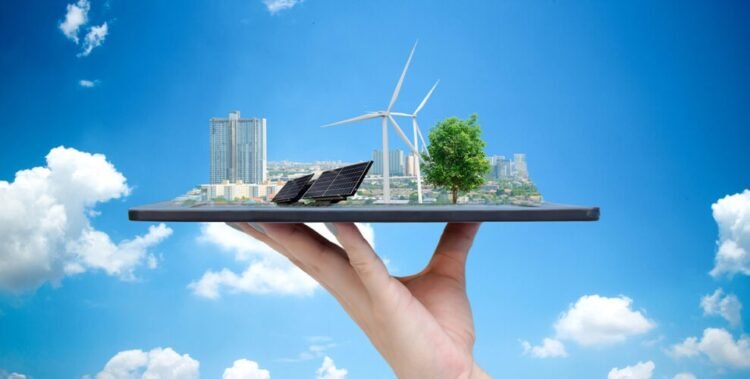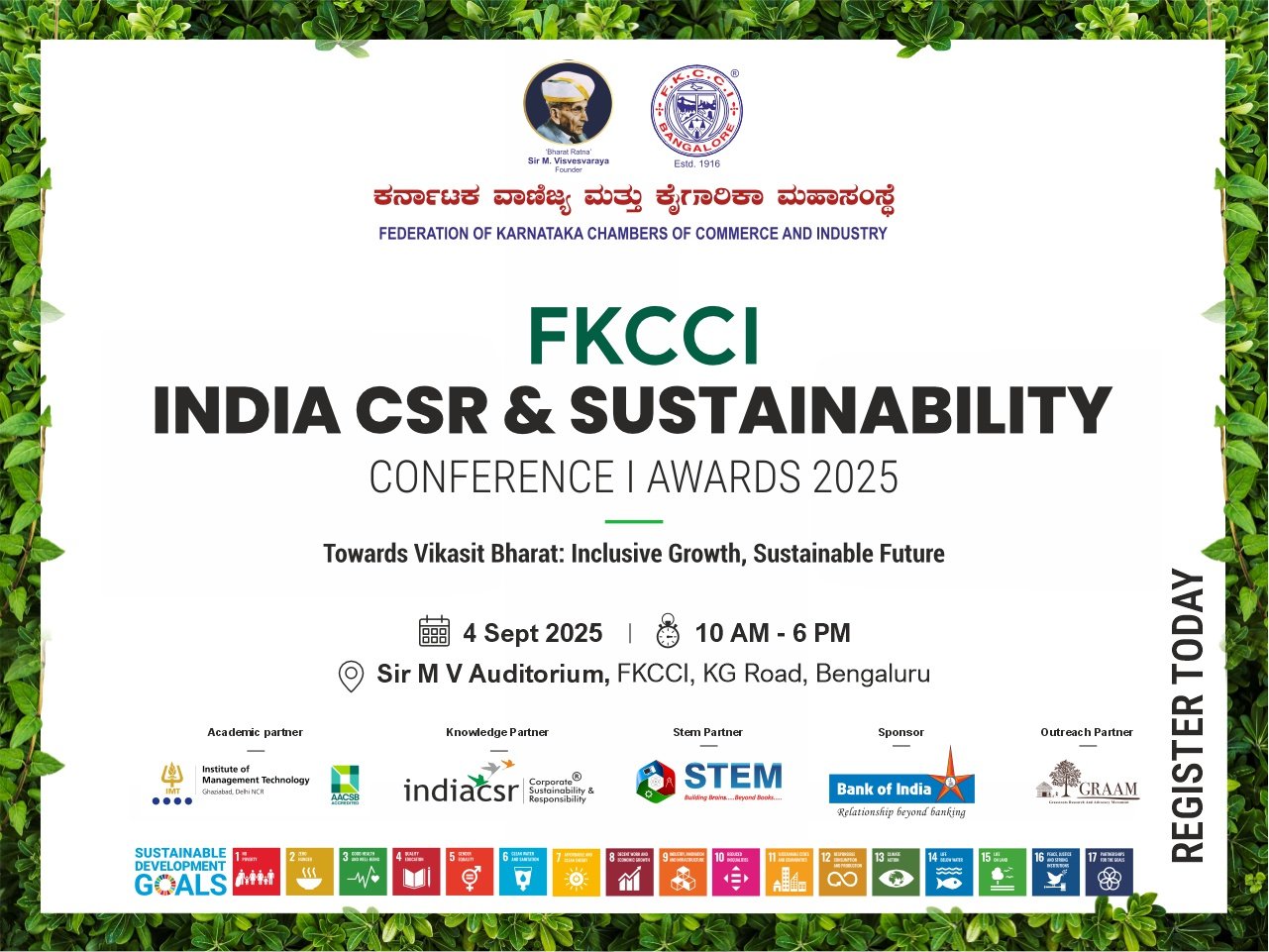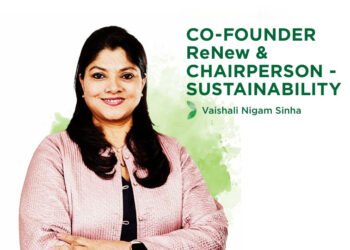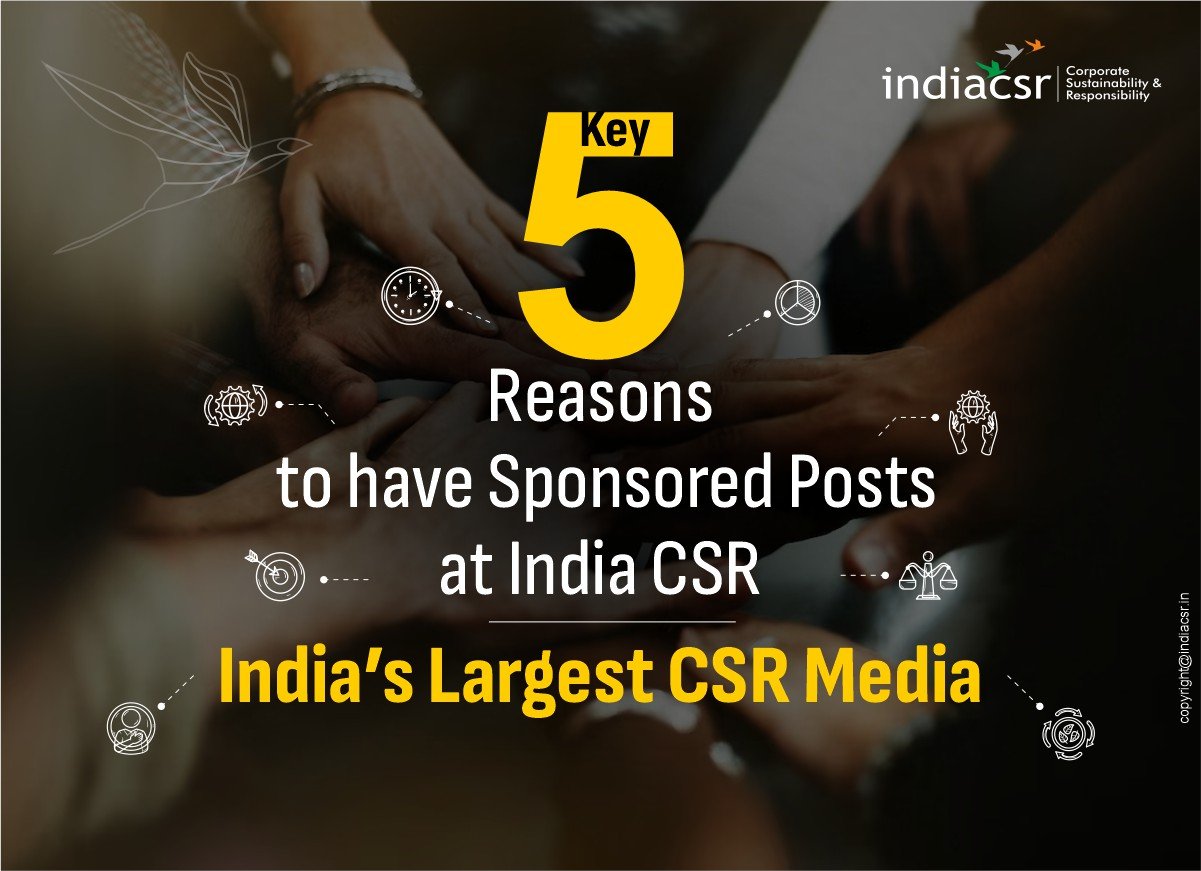Sustainable energy has evolved beyond being just an idea and it has become part of real life now. Whether in homes, offices, or even rural areas of India, sustainable power sources are becoming increasingly visible. But while the term sustainable energy gets used often, there’s more to it than just putting up solar panels or spinning a few wind turbines.
Each sustainable energy source comes with its own unique approach, its own ideal environment, and, yes, its own set of challenges.
Solar Power and Onsite Solar Solutions That Work
Let’s begin with solar power, the one most people recognise. Solar systems use sunlight to generate electricity through photovoltaic cells. In areas with decent sunshine, this system works exceptionally well, and it can significantly reduce electricity bills. Still, for a lot of households and small businesses, it’s one of the easiest ways to go green.
Wind-Solar Hybrid Systems for Stable Power Supply
Wind energy isn’t new, but it’s seeing smarter use now. It’s clean and efficient, especially in coastal or high-altitude areas. You won’t get much wind power in a crowded neighbourhood surrounded by tall buildings. That’s why pairing wind and solar is working well. A hybrid system makes sure you’re not left without power just because one source fails.
Hydropower and the Role of Sustainable Energy in Hilly Areas
Hydropower has been around for years, and it still plays a big role. It’s reliable and doesn’t depend on sunlight or wind, which makes it useful all year round. But there’s a trade-off. Dams can disrupt ecosystems and construction can take a lot of time and careful planning.
Biomass and Waste-to-Energy as Off-Grid Hybrid Systems
Biomass is often overlooked in the conversation, but it’s a real and viable solution. It uses organic materials, crop waste, sawdust, or even cow dung and turns them into fuel. In rural areas, where farm waste is easy to get, these setups can power homes or small factories. The only downside is that if it’s not filtered properly, the emissions can be harmful.
Green Hydrogen and the Shift to Clean Fuel Sources
Green hydrogen is a relatively new technology, but it is growing fast. It’s created by splitting water into hydrogen and oxygen using electricity from a clean source like solar or wind. The hydrogen generated, then, can be stored and later used as a fuel, especially in factories that need high temperatures.
Tidal Energy as a Reliable Option for Coastal Power
Tidal energy uses the natural movement of the sea. As tides rise and fall, they push water through turbines that generate electricity. It’s reliable because tides are regular. That said, once perfected, this could help power coastal towns and reduce diesel use in remote areas.
Geothermal Energy and Off-Grid Hybrid Systems in Remote Regions
Geothermal taps into the heat under the Earth’s surface. Wells are drilled into the ground to bring up steam or hot water, which powers turbines. It runs day and night and isn’t affected by surface weather. The main challenge is cost as drilling is expensive and the fact that not every place has suitable conditions remains.
Solar Thermal Systems for Clean Industrial Heat
Solar thermal systems heat water directly using sunlight, unlike solar panels that produce electricity. This hot water can be used for cooking, bathing, or even industrial use.
Wave Energy for Island and Coastal Setups
Wave energy uses the surface motion of the ocean to generate power. Devices placed offshore move with the waves, and this motion drives internal systems that produce electricity. If that’s figured out, wave energy could support coastal villages or islands where diesel generators are still common.
Conclusion
If there’s one thing all these sources prove, it’s that no single solution works everywhere. Solar won’t help at night, wind can’t do much in cities, and tidal power needs a coast. But when they’re combined in the right way, they cover for each other’s gaps.
And that’s the real future, one where we don’t depend on just one source but on a mix. Companies like Hero Future Energies are showing what this looks like, with projects that combine tech, planning, and on-the-ground needs.
Every unit of clean power we use takes pressure off coal plants, reduces pollution, and moves us closer to energy that’s both affordable and sustainable.






















